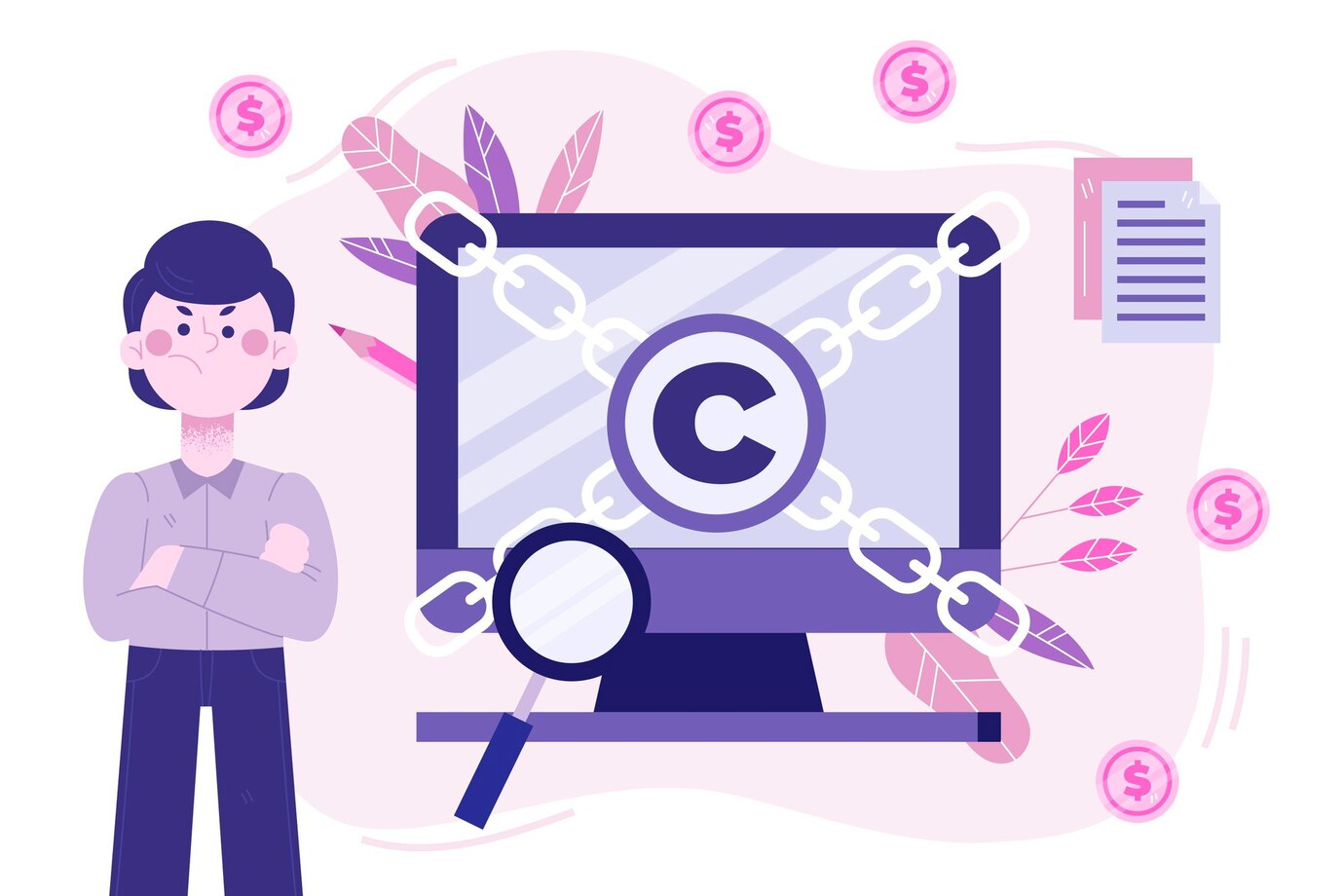As privacy concerns continue to shape the digital marketing world, cookieless targeting is emerging as the solution to the challenges of tracking and targeting consumers in a more privacy-respecting way.
With major browsers phasing out third-party cookies, it's crucial for marketers to adopt new strategies that comply with privacy laws and continue delivering personalized experiences.
In this blog, we will explore cookieless targeting, its importance, the challenges marketers face, and practical strategies to adapt to this shift.
What is Cookieless Targeting?
Cookieless targeting refers to the practice of targeting and tracking users without relying on third-party cookies, which are small pieces of data stored in a user’s browser to track their browsing behavior. With the rise of privacy regulations like GDPR and CCPA, along with major browsers like Google Chrome planning to phase out third-party cookies, marketers need new ways to gather data and engage with users.
Instead of relying on cookies to track user behavior, cookieless targeting involves using first-party data (such as data collected directly from your website or app) and other innovative techniques to understand and reach your audience. This approach provides a more secure and privacy-respecting way of targeting users, which is increasingly important as consumers demand more control over their data.
To understand how cookieless targeting works in practice, check out our blog on How Ethical Data Collection Builds Trust and Fuels Business Growth.
Now that you understand the concept of cookieless targeting, let’s look into why this shift is so important for businesses today.
Why Is Cookieless Targeting Important?
The decline of cookies represents a major shift in digital marketing. Here are a few reasons why cookieless targeting is important for businesses:
1. Stricter Privacy Regulations
With privacy laws like GDPR (General Data Protection Regulation) and CCPA (California Consumer Privacy Act) gaining momentum, businesses are facing stricter requirements regarding data collection and user consent. This has made cookie tracking less feasible, and companies are now looking for alternatives that comply with privacy regulations.
2. Changing Consumer Expectations
Consumers are becoming more aware of how their data is used. Many are uncomfortable with the idea of being tracked across multiple sites without their explicit consent. As a result, businesses must find ways to respect user privacy while still delivering relevant content and advertisements.
3. Browser Changes
Browsers such as Safari and Firefox have already implemented measures to block third-party cookies by default. Google Chrome, which dominates the browser market, has announced that it will phase out third-party cookies by 2024. This means that businesses that rely heavily on cookies will need to prepare for a future without them.
4. Adapting to New Technology
As the digital marketing landscape evolves, advertisers need to stay ahead of the curve. Cookieless targeting offers a way to future-proof your advertising strategy by leveraging new technologies and data-driven insights that do not rely on cookies.
With a clear understanding of why cookieless targeting is essential, it’s time to explore how you can leverage first-party data to enhance your marketing strategy.
First-Party Data Utilization: How to Leverage Customer Data for Targeting
In the cookieless world, first-party data is king. This refers to the data you collect directly from your users, such as customer information, purchase history, and website interactions. First-party data is more reliable, accurate, and privacy-compliant than third-party cookies, making it an essential resource for cookieless targeting.
Why First-Party Data Matters:
- Privacy-Respecting: First-party data is collected with customer consent, ensuring compliance with privacy laws like GDPR and
- Accurate Insights: Unlike third-party cookies, first-party data provides a direct, unfiltered view of your customers' behaviors and preferences.
- Personalization: You can use first-party data to create tailored experiences and personalized recommendations for your users.
Best Practices for Utilizing First-Party Data
- Collect Data Ethically: Be transparent with customers about what data you’re collecting and how it will be used. Offer opt-ins for additional data collection and ensure easy access for customers to manage or delete their information.
- Use Data Segmentation: Organize your customer data into meaningful segments based on behaviors like past purchases, browsing habits, or interests. This enables you to deliver more targeted marketing messages.
- Integrate with CRM Tools: Leverage customer relationship management (CRM) platforms to organize and analyze your first-party data for actionable insights.
For more on building a data-driven marketing strategy, visit our blog on Crafting Unique Experiences with First-Party Data.
As first-party data takes center stage, there are also alternative targeting methods you should consider to complement your marketing efforts.
Alternative Targeting Methods in a Cookieless World
While first-party data is critical, there are other effective strategies for cookieless targeting that can complement your marketing efforts. These methods help you engage users while respecting their privacy:
1. Contextual Targeting
Contextual targeting involves delivering ads based on the content users are currently viewing rather than tracking their past behavior. For example, if someone is reading a blog post about fitness, showing them ads for workout gear would be a relevant and effective strategy.
2. Federated Learning of Cohorts (FLoC)
FLoC is an innovative solution developed by Google that groups users based on their browsing behavior into cohorts. Instead of tracking individuals, ads are targeted to entire cohorts, preserving privacy while still allowing marketers to deliver relevant ads.
3. Server-Side Tagging
Server-side tagging helps track data and trigger actions without relying on cookies. By moving tracking operations from the browser (client-side) to the server (server-side), you can collect data securely and efficiently while reducing reliance on third-party cookies.
4. Unified ID Solutions
Some companies are working on unified ID solutions that aggregate first-party data from various platforms to create a singular identifier for users across websites and apps. These solutions aim to provide a privacy-compliant, unified way of targeting users without cookies.
To learn more about these alternative methods, check out our article on What is Programmatic Advertising and How Does It Work?.
While these methods show promise, transitioning to a cookieless world does come with its challenges, and it’s important to address them head-on.
Challenges of Transitioning to Cookieless Targeting
While the shift to cookieless targeting offers many benefits, it also presents challenges for marketers, including:
1. Loss of Granular Data
Third-party cookies provided marketers with rich, granular data about individual user behavior across different websites. With cookieless targeting, marketers must rely more on aggregated data, which may not offer the same depth of insight.
2. Impact on Cross-Site Tracking
One of the primary challenges is the loss of cross-site tracking. Marketers can no longer follow users as they move between websites, which makes it harder to understand the full customer journey.
3. Privacy Concerns
As privacy regulations evolve, marketers must remain vigilant in ensuring their data collection methods are compliant. Data security and privacy concerns are always at the forefront, and any misstep can lead to significant legal consequences.
For more on staying compliant with privacy laws, read our guide on What You Need to Know About Consent Management.
Despite these challenges, there are clear steps you can take to prepare your business for a cookieless future, ensuring you stay ahead of the curve.
Preparing for a Cookieless Future: Key Steps for Businesses
To effectively transition to a cookieless future, businesses need to take proactive steps. Here are some strategies to help your business adapt:
1. Invest in First-Party Data Infrastructure
Start by building a robust first-party data infrastructure. Collect and store data directly from your customers through your website, mobile app, and other touchpoints. This will give you valuable insights while ensuring privacy compliance.
2. Leverage Privacy-Respecting Tools
Adopt tools that comply with privacy regulations and enable effective cookieless targeting. This includes server-side tracking solutions, consent management platforms, and data aggregation tools that prioritize privacy and transparency.
3. Educate Your Team
It’s essential to keep your marketing, legal, and technical teams aligned on the new privacy landscape. Regular training on cookieless solutions and privacy laws will ensure your business stays compliant and competitive.
Future of Cookieless Targeting
The future of digital advertising lies in a balance between respecting consumer privacy and delivering relevant, personalized content. As we move into a cookieless world, advertisers will need to rely more heavily on first-party data, AI-driven targeting, and privacy-first solutions to maintain effective ad targeting.
The industry is already working on several innovations and technologies that will help businesses continue to target users without relying on cookies. These include initiatives like Google’s Privacy Sandbox, enhanced contextual targeting, and identity-based targeting, all designed to provide privacy-respecting alternatives to traditional cookie-based advertising.
With a strategy in place, let's look at how Ingest Labs can support you in seamlessly adapting to cookieless targeting while staying privacy-compliant.
How Ingest Labs Can Help with Cookieless Targeting Solutions
At Ingest Labs, we specialize in providing tools and solutions that support cookieless targeting while ensuring data privacy compliance. Here’s how we can help your business adapt to the cookieless world:
- First-Party Data Infrastructure:
Ingest Labs helps you build and manage first-party data, enabling you to continue personalizing customer experiences without relying on cookies. - Server-Side Tagging:
Our server-side tagging solutions reduce the reliance on cookies, allowing you to collect accurate data while enhancing security and privacy compliance. - Privacy Compliance:
We ensure that your data collection practices are compliant with global privacy laws such as GDPR, CCPA, and PIPEDA, helping you protect your customers and avoid legal risks.
For more insights on how we help with ethical data collection, explore our blog on How Ethical Data Collection Builds Trust and Fuels Business Growth.
With all the tools and strategies in place, you’re now ready to implement a successful cookieless targeting strategy for your business.
Conclusion
Cookieless targeting is the future of digital marketing, and it’s here to stay. As third-party cookies become a thing of the past, businesses need to adapt by embracing first-party data, contextual targeting, and innovative solutions like server-side tagging.
At Ingest Labs, we provide the tools and strategies you need to succeed in a cookieless world while ensuring compliance with privacy regulations.
Ready to take the next step in your cookieless targeting strategy? Contact Ingest Labs today to learn how we can help you implement effective, privacy-respecting targeting strategies.






